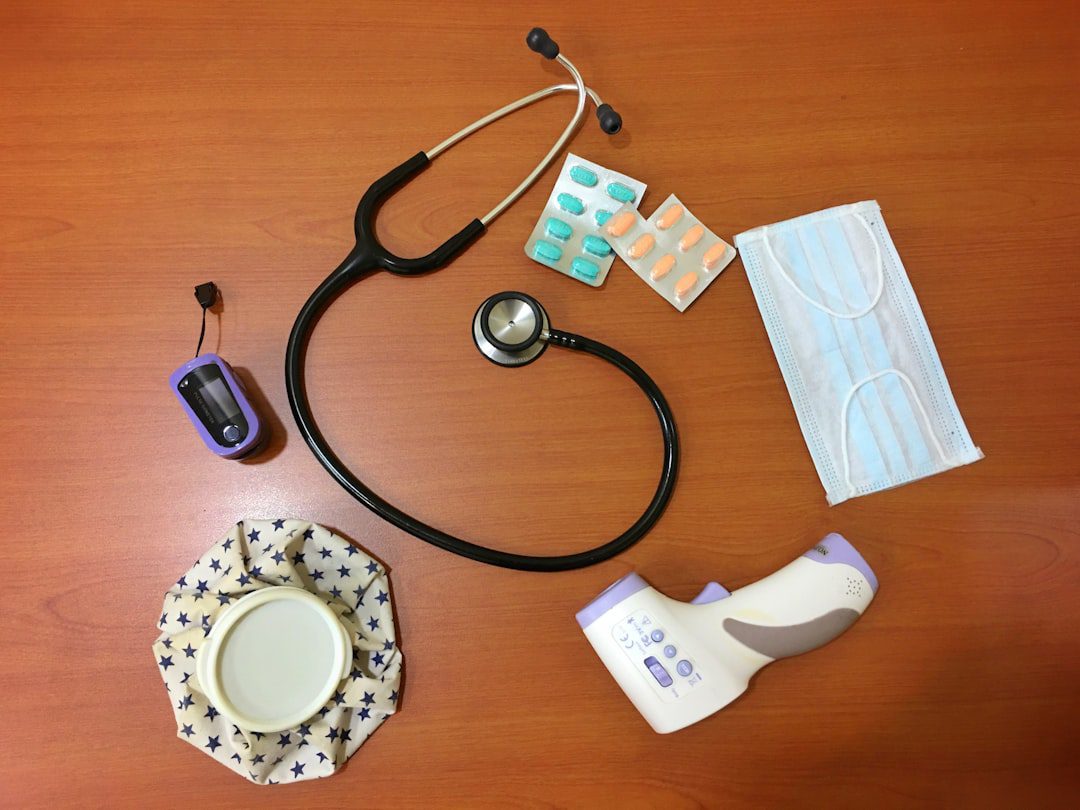
Understanding FDA Early Alerts: A Critical Safety Mechanism
The FDA’s Early Alert system represents a significant evolution in how the agency communicates potential safety risks to healthcare providers and patients. Unlike traditional recall announcements that can take weeks to process through standard channels, Early Alerts are designed to minimize the critical time gap between FDA’s initial awareness of a potentially high-risk medical device issue and public notification.
What Triggers an FDA Early Alert?
Early Alerts are reserved for situations involving medical devices where:
- High patient risk exists: The device issue poses significant potential for serious injury or death
- Widespread distribution: The affected device is broadly used across healthcare facilities
- Time-sensitive nature: Immediate action by healthcare providers is necessary to prevent patient harm
- Ongoing investigation: FDA needs to communicate preliminary findings while a full recall classification is still under review
How Early Alerts Differ from Standard Recalls
Traditional medical device recalls follow a structured process under 21 CFR Part 806, involving formal classification (Class I, II, or III) and detailed documentation. Early Alerts, however, serve as an expedited communication mechanism that allows FDA to:
- Issue immediate safety warnings without waiting for complete recall documentation
- Provide preliminary guidance to healthcare providers while investigations continue
- Alert the medical community about emerging safety patterns across multiple facilities
- Coordinate with manufacturers on urgent corrective actions
Impact on Medical Device Manufacturers
For manufacturers, Early Alerts signal FDA’s heightened concern about a safety issue and typically indicate that a formal recall classification will follow. The implications include:
Immediate Response Requirements
When FDA issues an Early Alert for your device, manufacturers must be prepared to:
- Activate incident response protocols within hours, not days
- Provide comprehensive field correction plans to FDA and affected customers
- Implement enhanced post-market surveillance to monitor for additional adverse events
- Coordinate with FDA on public messaging to ensure consistent communication
Regulatory and Business Consequences
Early Alerts often precede more serious regulatory actions, including:
- FDA inspections focused on manufacturing quality and complaint handling
- Increased scrutiny of future 510(k) submissions or PMA supplements
- Potential consent decrees if systemic quality issues are identified
- Significant financial impact from device retrieval, customer notifications, and potential litigation
Proactive Compliance Strategies
To minimize the risk of being subject to an Early Alert, manufacturers should:
Strengthen Post-Market Surveillance
- Implement robust complaint handling systems per ISO 13485 requirements
- Conduct trend analysis to identify emerging safety patterns before they become widespread
- Maintain direct communication channels with key customers and clinical users
- Report adverse events promptly through FDA’s MAUDE database
Enhance Risk Management Processes
- Regular risk assessment updates incorporating real-world performance data
- Proactive field corrective action planning for identified high-risk scenarios
- Cross-functional incident response teams trained to handle urgent safety issues
Key Takeaways for Manufacturers
FDA Early Alerts represent the agency’s commitment to rapid safety communication, but they also highlight the critical importance of proactive post-market surveillance. Manufacturers who invest in robust quality systems, maintain open communication with FDA, and respond quickly to emerging safety signals are best positioned to manage these high-stakes situations effectively.
The Early Alert system underscores a fundamental shift toward real-time safety monitoring in the medical device industry. Manufacturers must adapt their compliance strategies to match this accelerated timeline, ensuring they can respond to urgent safety issues with the speed and thoroughness that FDA and patients expect.


No comments yet. Be the first to comment!